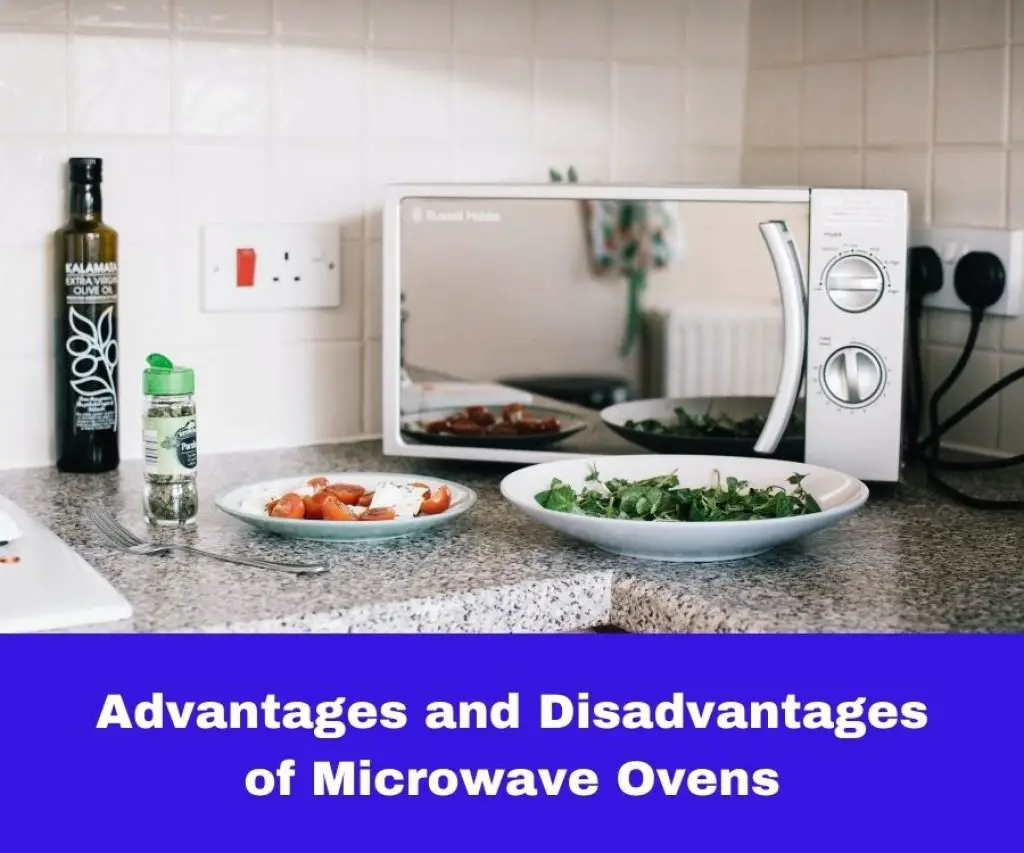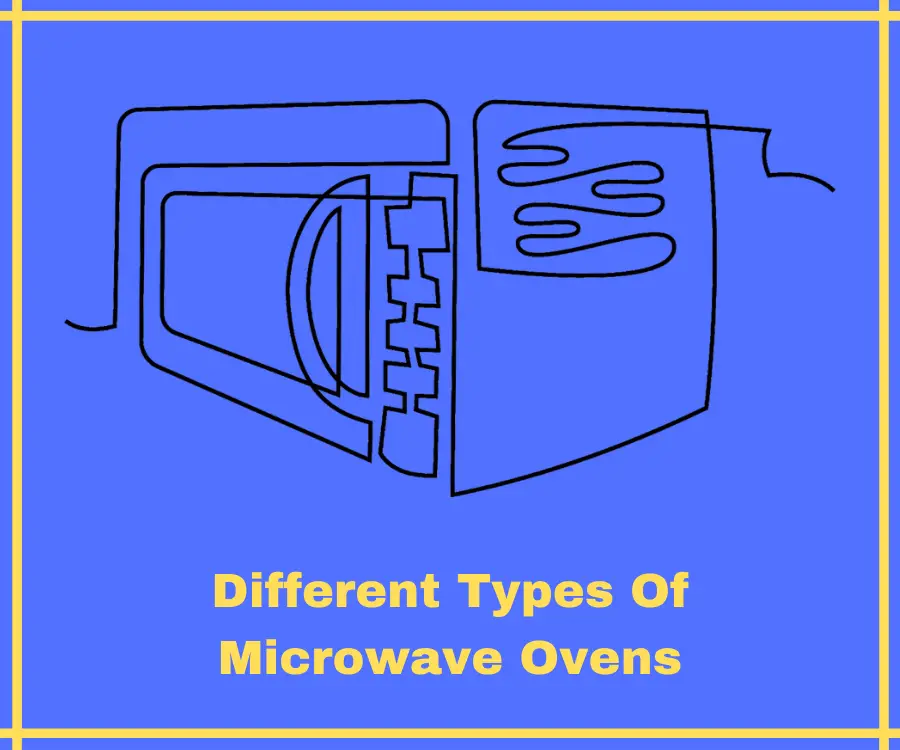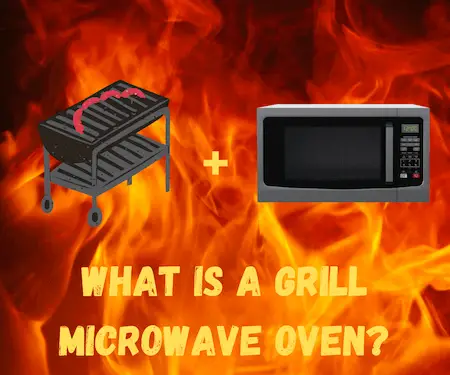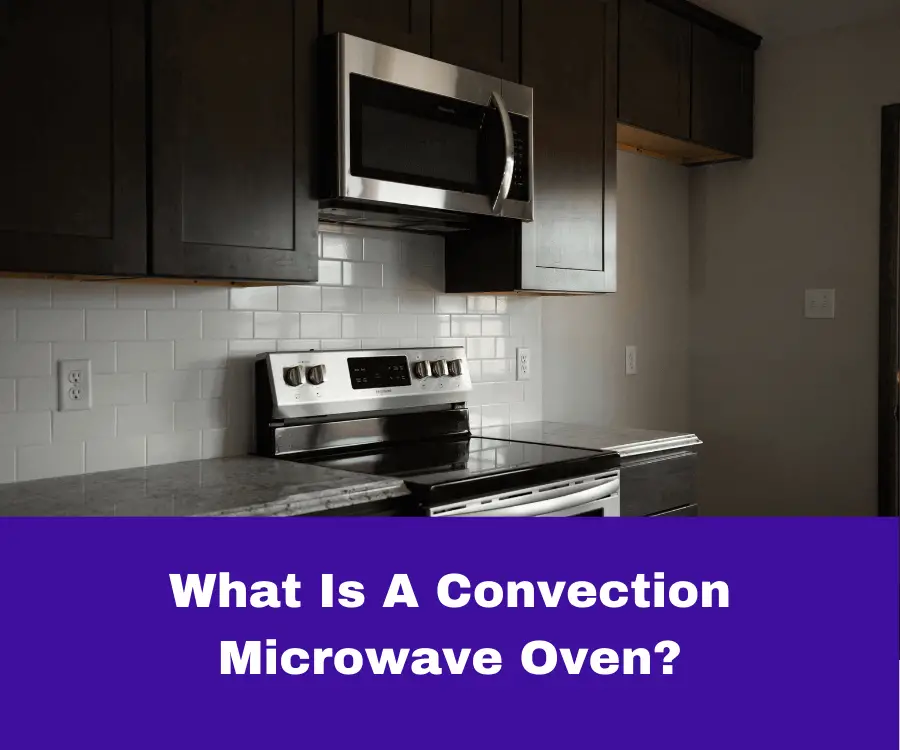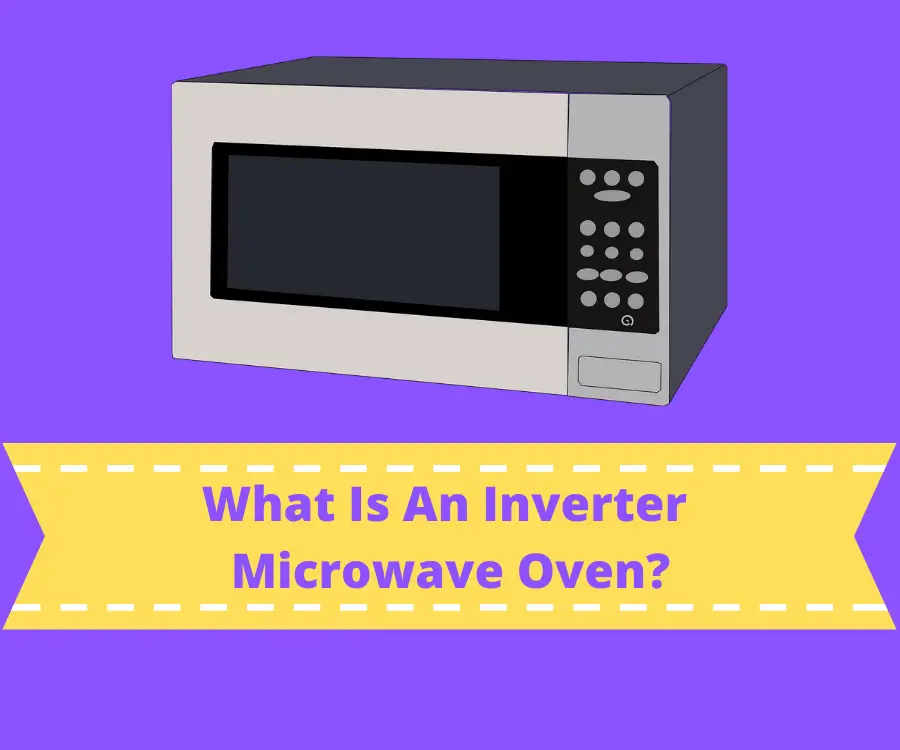So almost everyone has a microwave in their home these days right? I’ve had one forever, but I’m not always sure I’m getting the best out of it. I wanted to do some research into the advantages and disadvantages of microwave ovens. What I found is not an exhaustive list. It is something I will add to as I keep reading cooking and kitchen blogs (which I love to do)!
So what are the advantages and disadvantages of microwave ovens? Advantages of microwave ovens include fast cooking time, a wide variety of foods that can be cooked, easy to clean and the safe defrosting of food. The main disadvantages include making food dry or soggy due to overcooking, lack of versatility and safety issues around the use of some cookware.
Table of Contents
Advantages and Disadvantages of Microwave Ovens
The above is just the very basic in terms of the pros and cons of microwaves. For the purposes of this post we are talking specifically about a solo microwave oven. If you are interested in reading about inverter microwaves you should check out this post. If you would like to find out about flatbed microwaves then click here.
I have gone into a lot more detail below about both the advantages and disadvantages of using a regular microwave below. Read on to find out more.
Advantages Of Microwave Ovens
Ability to Heat Food Quickly
The obvious initial advantage that springs to mind when cooking with a microwave is the speed. Due to the way a microwave cooks food, using a microwave is much faster than any other appliance.
When a microwave cooks food, it uses a magnetron to create radio waves which in turn sends heat energy directly into the molecules of whatever it is heating.
As the contents of the microwave oven spin round on the turntable, the radio waves pass through the food evenly. This causes the molecules inside the food or liquid to vibrate extremely quickly, allowing it to heat up rapidly.
There is no need for preheating a microwave. Once you are ready to start you can just push the buttons and go.
Ability to Set Timers
Modern microwaves come with a wealth of features these days for setting timers.
Say you want to quickly heat some soup, and you have the choice of doing this on the stovetop or in a microwave oven. With a stovetop you need to use a pan which will be filled with soup. You then need to stand and watch as the soup cooks, stirring to make sure it doesn’t get stuck to the bottom of the pan and burn. You also need to be there to take the pan off once the soup is ready.
With a microwave oven you simply set the timer, walk away and allow the soup to cook. Once the microwave beeps you can go back and collect your soup. If you cooked it in the bowl you want to eat the soup out of, you have also saved yourself extra washing up.
The timer on a microwave can also serve as a handy cooking timer for using other appliances. You can set a countdown timer on most microwaves these days. You can use these independently of a microwaves cooking function.
Easy to Clean
Another reason I love using my microwave oven for cooking is due to how easy it is to clean. I find that I like to clean the inside out with just a damp sponge after every use to prevent the build up of food and liquid residue. I will then give it a more thorough clean once a week using my own cleaning solution.
When food or liquid is heated up in a microwave it cooks very rapidly. As a result there can often be spatter, certainly when cooking foods such as soups. Cleaning after each use is the most sensible option, as you don’t want a build of of food or liquid on the inside that is then re-cooked every time you use your microwave.
I user a splatter guard to prevent the contents from going all over the inside of my microwave.
Can Be Used for Safe Defrosting of Food
I absolutely love the ability to defrost food using a microwave. I’m a very busy person, often leaving for work early and arriving home late. I regularly prepare extra food which I then freeze to reheat once I get home from work.
With the defrost function on the microwave, I can simply set the food away to defrost while I go out for a quick run.
Once I’m back my food is defrosted and I can then quickly cook this without the need for me to have left it sitting out on the counter top to defrost for hours. Using the defrost setting means that this is a safe and easy way to prepare my food quickly.
Easily Reheating Food
Similar to the above advantage of using a microwave oven, reheating food with a microwave oven is an absolute blast (excuse the pun). You can easily take leftovers from the night before that have been in the fridge and reheat them in a matter of minutes.
You can do this for all kinds of foods safely and healthily. My favorite is leftover pizza from the night before. It’s maybe just me, but I even find that some foods like this taste even better when reheated the next day.
Fairly Safe for Children to Use
I’m not recommending very small children use a microwave and handle the hot contents that it produces. However, using a microwave oven for children of a suitable age is a much safer option than say using a stovetop or a cooker.
If they are taught the correct time for foods to be cooked, they can safely cook or reheat food using a microwave. The only problem is that you may find them making their favorite popcorn in the microwave when you are not looking!
Variable Heat Settings
I love the variable heat settings that my microwave oven has. As well as being able to decide the cooking time of your food, you can also decide how high you want the power to be. Combining the correct cooking time with the correct power levels will ensure that your food is cooked evenly without it cooking too fast.
When defrosting, a microwave will use a very low power level to make sure food is not heated up too quickly. This enables it to be heated safely.
Disadvantages of Microwave Ovens
Can Dry Food When Cooked For Too Long
Due to the high heat intensity nature of cooking food in a microwave, it is possible to over cook and dry out certain types of foods when cooking with a microwave. This is where the sensible use of cooking times and variable heat settings comes in to play.
Over time you will learn exactly how long you need to cook food for and at what power level to achieve the best results. Starting off with shorter cooking periods and checking the food after each short spell will allow you to learn the best cooking times and temperatures for each food.
Can Leave Food Soggy If Overheated
Believe it or not, just like a microwave can dry our food, it is also possible that cooking with a microwave for too long can also leave food soggy.
If we take my reheating pizza example from above, leaving this in for too long will cause a build up of moisture in the microwave due to the high heat.
This can then be transferred back to the pizza leaving it feeling soggy. Obviously I love pizza so much and have done this so may times that I again have learned how long and at what temperature to cook this to prevent this from happening.
Again cooking for short bursts and checking on the food being cooked is the best way to learn the desired cooking time and heat setting.
Lack Of Versatility
OK so I love cooking with my microwave, and on the one hand can see the versatility provided by cooking with it. You can cook a variety of foods and liquids both quickly and healthily. It is however, not without limitations.
For example, you can’t use it to fry foods, and you won’t be able to achieve the browning or crisping effects that an oven provides for example when you are baking, for either savoury foods or sweat treats.
It is possible to buy items such as rice cookers to use in a microwave. You can find out more about this by looking at my best microwave rice cooker post.
Not All Containers Can Be used In A microwave
When cooking with a microwave you have to be extremely careful when it comes to your choice of cookware or containers. Cookware safe for a microwave is usually made from glass, ceramic and certain types of plastic.
Tupperware make great containers that are microwave safe. You can however use most firm plastics, usually made from hardened polythene.
You should not cook in a microwave using crystal, pottery and unglazed earthenware pots, soft plastics or anything with metal on. Using the wrong materials in a microwave is potentially very hazardous. You should check the manufacturers instructions that come with the cookware. If in doubt don’t use it!
For more information on why you can’t use metal in a microwave read my post on the use of a magnetron in microwave oven technology.
High Energy Consumption
Cooking often and for long periods of time can consume a relatively high amount of energy in comparison to cooking with a stovetop or other kitchen appliance.
Fortunately, as you can see above, you would really tend to cook with microwaves for much shorter periods of time. You will save things like baking which take longer to cook in your oven.
Radiation Leakage
OK so I saved the most serious and potentially life threatening disadvantage till the end just to finish with a bang.
Whilst cooking with a microwave oven does use radiation, it is safe to cook with without giving yourself radiation poisoning.
If a microwave is broken or faulty, do not continue to use it. This this can affect the amount of radiation leakage. Always follow the manufacturers instructions when operating a microwave. If it has a faulty door seal or any other visible defect, do not continue to use it.
Conclusion
So there you have it. This is not an exhaustive list of the advantages and disadvantages of microwave ovens. It does however provide enough knowledge to give you more than just the basics.
As I said earlier, it’s not that you would choose to have or not have a microwave really these days. Some people do however and manage fine without.
The information in this post is more about giving you the information you need in terms of what a microwave is good for, and how to best use it. It also allows you to see what it is not best for, and how to stay safe whilst using it.
In short, microwaves are ideal because they can cook food quickly, and are easy to clean. They can cook a wide range of foods and liquids and are very practical.
On the flip side, a microwave lacks the ability to bake and crisp food like an oven does. It can also either dry out or leave food soggy depending on what is cooked and for how long.
I hope this list of the advantages and disadvantages of microwave ovens has been useful for you in your kitchen. Please feel free to leave a comment below if you have anything to add to my post.

